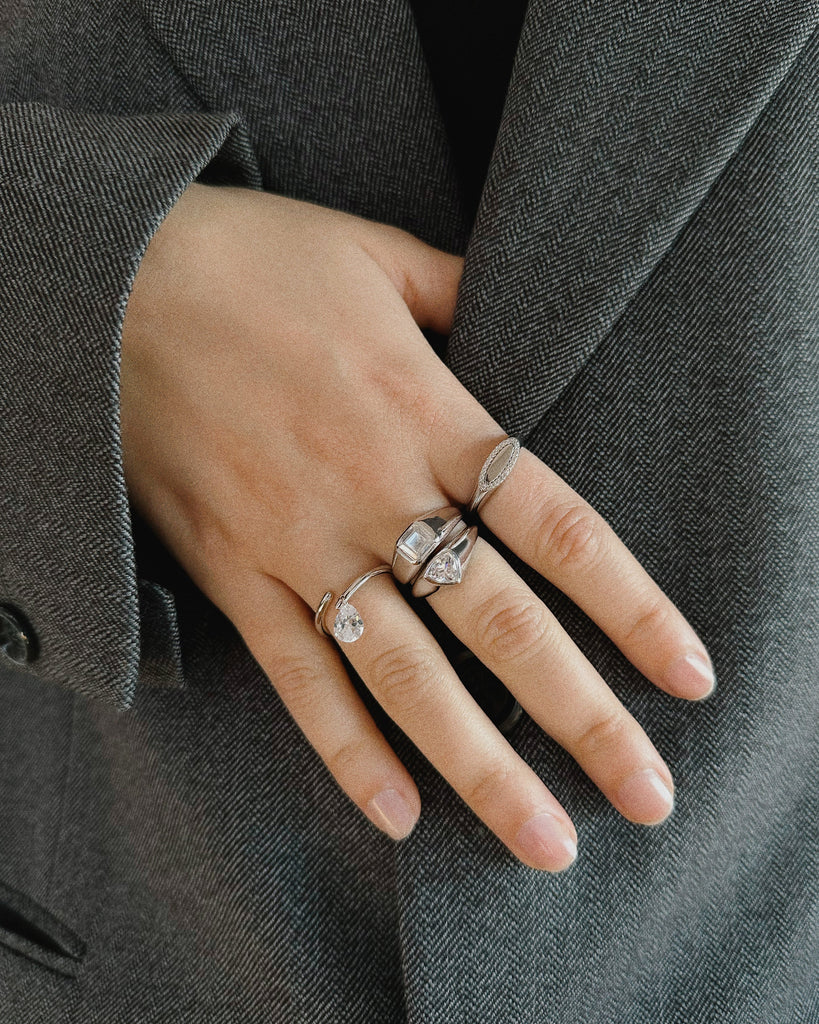The Sacred Scarab is one of the best-known beetles in the world. As an important animal within Egyptian mythology, images of beetles commonly appeared in funerary art, costumes, paintings, and hieroglyphs. This ancient civilization used this beetle as the reincarnation of one of their main deities, Khepri. She was always represented with the face of a dung beetle, playing with the poetical meaning of the sun rolling the sky every day.

Ancient Greeks also kept an eye on this insect. This Mediterranean civilization thought that beetles appear like devil’s steeds, mainly because of the color. Other more remote tribes, like the ones living in central Australia, use the image of beetles as sacred pictures to avoid bad luck. Totems representing this insect were used as part of ceremonies, from West to East cultures. Chinese culture also has the beetle as a divine animal, Related with the Ming Dynasty, it appears in ancient literature mainly as medicine or delicacy food. One of their near countries, Japan, has traditionally appreciated insects, especially beetles, for their subtle beauty. They appear in decorative and illustrated arts as the main topic of traditional vestiges. Nowadays, Japanese culture represents beetles in anime, television, or films as the symbols of their culture. Can you think of any example?
But, there is no doubt that the time for beetles was during the Victorian era. In this historical time, citizens have an ongoing obsession with natural history, with science and ancient archeological discoveries blooming all around. It’s not strange that beetles turned into an object of desire for urban people.

Another inspo also allowed beetles to be in the limelight. Distorted visions of reality become a reality, with scientists learning from the microscopes’ augmented reality. Beetle sketches appeared like humans, creating monstrous representations that reflected the dark literature of the Victorian era. The perfect example of this inspiration is ‘The Beetle’ (1897), written by Richard Marsh: a dark thriller where a powerful and hostile entity, represented by the spirit of a beetle, haunts London.
Decorative arts and illustrations also have beetles as their favorite natural representation. French artist Eugène Séguy created a series of art decó illustrations that included striking beetles. Men of craftsmanship use beetle’s body parts to make jewelry, adorn furniture pieces, and wall coverings, adding a colorful and natural touch in every room decoration. Beetle’s iridescent colors make these aesthetically pleasing ones, turning the perfect touch both for decorating accessories and garments.
Time proved that beetles are a main attraction of culture, in every time and every culture. Nowadays, the fascination with beetles is still alive, opening a full inspiration mood for natural, melancholic, and fantastical stories.
Our House of Beetles collection tries to capture the history of these creatures with a fresh new air, seeking a new reality that starts from something older than ourselves.

